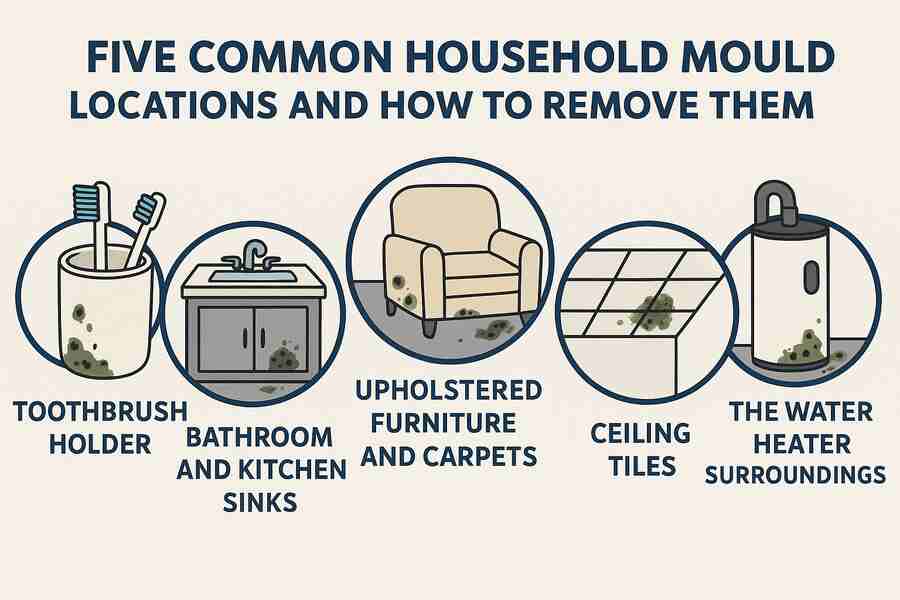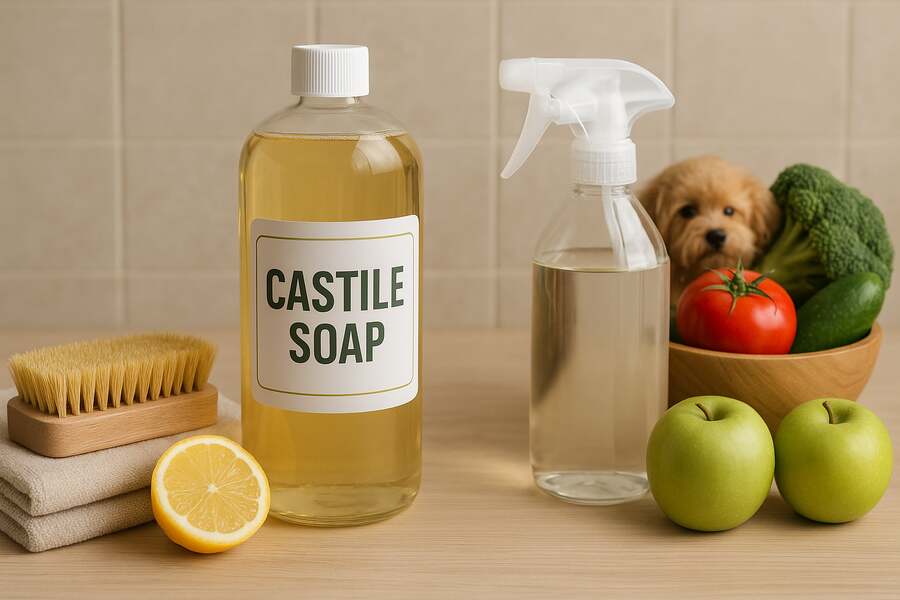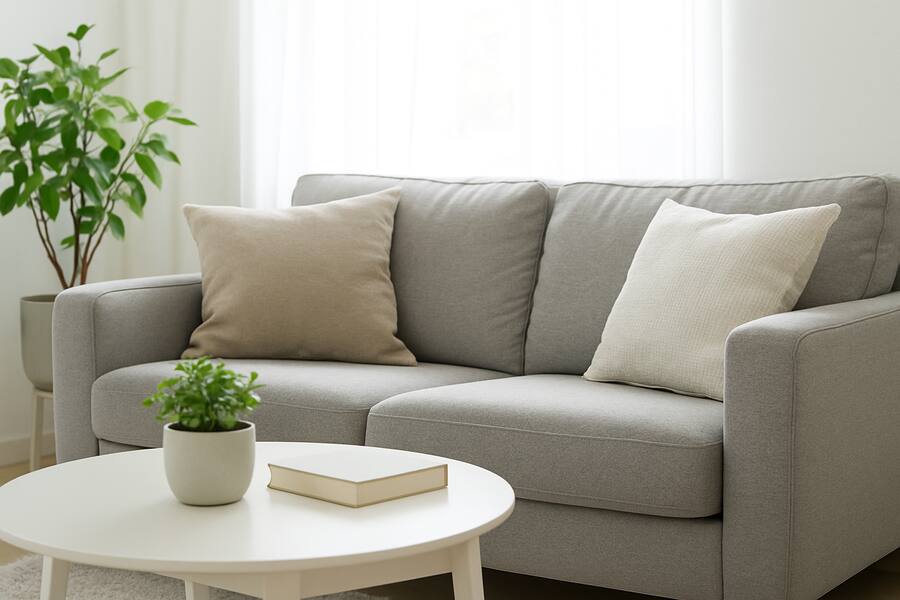Five Common Household Mould Locations and How to Remove Them

Household Mould Locations
Is there any bad smell in your house? Did you notice where the bad smell comes from? Or caught weird black spots crawling upon your walls or your windowsills? In such a case, the problem may be mould, and you are not the only one. Mould may secretly grow slowly and evilly well in the most unsuspected places, and this may ultimately affect you in terms of both indoor air quality and health.
Do not fret, though! It is possible to find and eliminate mould without feeling overwhelmed. You can address it by knowing the right things and having a few cleaning necessities. Here on this blog, we will reveal five typical mould hotspots found at home, which are some of the areas where mould grows in large numbers, and how to effectively eliminate them easily and safely. Want to bid farewell to those recalcitrant spores? So here goes and dredge up!
How to Clean These 5 Hot Spots for Household Moulds.
Making your house mould-free is a challenging task, especially when one is out of a rental home. Mould grows well in dark and damp areas and is therefore difficult to notice. To achieve comprehensive results, it is beneficial to engage the Bond Cleaning Parkwood professional services. Or check out the five DIY mould-busting tricks to get problem-prone places clean expertly.
1. Toothbrush Holder
The ceramic or glass toothbrush holder is said to be one of the most important mould hot spots in your home. People clean their bathroom thoroughly, but forget about that mouldy toothbrush holder. As the brush is dipped in the cup of water, mould begins to form on the bottom of the container. One should address it as early as possible.
Cleaning: To ensure the mould does not grow, you should wash and pat the base of your toothbrush container once a week or twice a week. Be sure to remove mould and mildew using soap and water in the caddy of your toothbrush.
2. Bathroom and Kitchen Sinks
The floors under the kitchen and bathroom were likely to be trapped with mould and mildew due to a warm, dark and wet environment. Do not miss out on the inspection of these areas and clear up any plumbing problems, e.g. leaking pipes, during the final check of your rental property.
Cleaning Type: All you have to do is just wipe the cabinet under the sink with a bleach or hydrogen-peroxide cleaning agent. Apply the solution to the problematic area and leave it on for 15- 20 minutes, after which it is removed with a microfiber towel. This will eradicate and also inhibit the growth of mould. In case the mould does not go away on the surface, then hire professional end of lease cleaners. When they arrive at your destination, they will be equipped with the appropriate cleaning apparatus and products to ensure you get clean, mould-free results.
3. Upholstered furniture and Carpets
Amazing though it may be! Carpets, upholstery furniture, drapes and area rugs trap a great deal of house dust, dirt particles, dead skin and pet hairs, which may give rise to mould spores. Additionally, spillage of coffee or wine would create an ideal environment through which mould could grow. And if you want to make sure that your house is clean and sterile, then these hotspots must be cleaned regularly, as well.
How to Clean: Be sure to clean the affected area with a good and safe-to-use to use carpet cleaner. Decontaminate the area by blotting with a cloth that was wetted with a solution comprising vinegar and warm water. It will also work better to add a bit of baking soda. In addition to this, your floor coverings, furniture and drapes should be vacuumed frequently to get rid of dust, dirt and so on. To keep away the mould and mildew, it is very important to keep areas dust-free.
4. Ceiling Tiles
Ceiling tiles also form one of the homes of ugly mould and mildew since most ducts and pipes move through them. The area contains dust studies, moisture and warmth, all of which a perfect conditions in which mould elements can grow. Be sure to deactivate ceiling tiles during a makeover of your house and deal with mould and mildew as quickly as you can.
Cleaning: Avoid any kind of seepage around the area. Use the bleach cleaning agent to treat mould on the ceiling tiles.
5. The Water Heaters Surroundings
Does your house have a water heater or boiler? They are installed with drains to remove excessive moisture that is generated during normal operation. Failure to clean these drains regularly may result in rusting. It also allows the mould to develop on all floorings, walls and also in the air. Cleaning.
Tip: Check the HVAC unit drains once or twice a month and make sure that all is working well. To clean up mould, clean the area with a clean cloth that has been sprayed with a mould remover agent. Allow it a couple of minutes and scrub. Wash and wipe to have improved outcomes.
Wrapping Up
Mould is a persistent and unwelcome guest in any home and thrives well in the dark and wet corners, unopposed. Getting to know the five common hotspots of mould in the house, e.g., bathrooms, kitchens, windowsills, etc., basements, and behind appliances, you are more likely to intercept the situation in time. Mould can be avoided, and a regular clean-up, good ventilation, and control of moisture at the opportune moment are key to avoiding mould. Whether you want to handle it on your own, employing all those home goodies, or you want to hire a professional, make sure that your place is mould-free so that you will not face health issues and so that your house will not be spoiled. Be attentive and on time, and you will live in an environment that is clean and safe.



